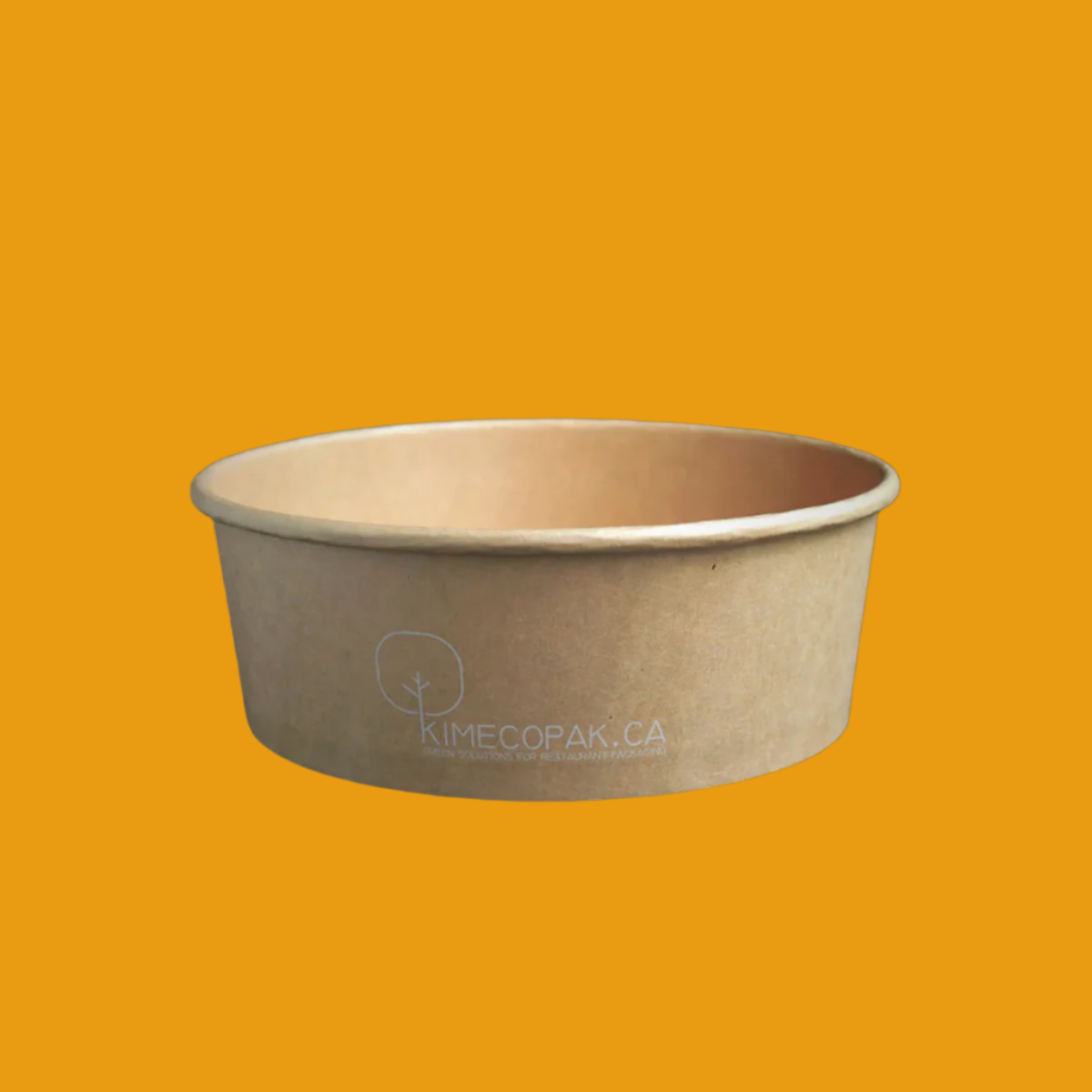Why Open a Japanese Restaurant?

The appetite for Japanese cuisine has grown significantly in recent years, showing no signs of slowing down. Dishes like sushi, ramen, izakaya, and teppanyaki have become staples not just in Japan but around the world.
- Growing Global Demand: More people are seeking authentic culinary experiences, and Japanese food is known for its fresh ingredients and unique flavors. This trend is evident in the rising number of sushi bars and ramen shops opening in cities globally.
- High Customer Loyalty: Japanese cuisine often fosters a dedicated customer base. Patrons tend to return for their favorites, leading to higher average spending per visit.
- Food Trends: The ability to cater to both dine-in and takeaway preferences allows for flexibility in service models, appealing to a wide range of customers, especially in urban environments.
Define Your Japanese Restaurant Concept and Cuisine Style

Choose Your Specialization
Establishing a clear concept is critical to your restaurant's success. Here are a few popular styles:
- Sushi Bar: Focused on sushi, this could range from traditional sushi to innovative rolls.
- Ramen Shop: Known for its comforting noodle soups, a ramen shop can capitalize on the growing love for hearty, flavorful dishes.
- Izakaya: A casual pub-like setting offering small plates and drinks, suitable for social dining.
- Teppanyaki or Kaiseki Fine Dining: For a more upscale experience, consider teppanyaki or the multi-course meal that kaiseki offers.
- Modern Japanese-fusion Café: A creative approach that blends Japanese flavors with other cuisines, appealing to adventurous eaters.
Understand Your Target Market
Identifying your target audience can dictate your restaurant's look, feel, and menu.
- Urban Professionals: This demographic often seeks fast yet high-quality dining options during lunch breaks.
- Young Foodies: They thrive on trying novel cuisines and might flock to trendy izakayas or sushi bars that promote an engaging dining experience.
- Japanese Expats: Offering authentic dishes can attract those missing a taste of home.
- Tourists: Locations near major attractions can benefit from visitors seeking local dining experiences.
Consider whether your model will focus more on dine-in customers or prefer delivery and takeaway demands.
Create a Business Plan Tailored to Japanese Cuisine

Key Elements to Include
Crafting a business plan is essential for your restaurant's foundation.
- Executive Summary & Mission: Outline your restaurant's vision and objectives.
- Market Research: Understand local demand for Japanese cuisine to shape your menu offerings and marketing strategies.
- Menu and Kitchen Design: Develop a menu that highlights your restaurant's concept and reflects the authenticity of the cuisine, alongside a kitchen layout that promotes efficiency.
- Equipment Budget & Staffing Plan: Create lists of essential equipment and determine staffing needs, focusing on chefs trained in Japanese cuisine.
- Projected Startup Costs & ROI Forecast: Build financial projections that take into account the unique expenses associated with opening a Japanese-themed restaurant.
Legal Requirements and Restaurant Permits

Licenses You’ll Need
Navigating the legal landscape is a necessary step for any restaurant owner.
- Business Registration: Register your business name and structure.
- Food Safety Certificate: Essential for ensuring that food handling meets health regulations.
- Liquor License: Required if you plan to serve alcoholic beverages like sake or Japanese beer.
- Fire, Signage, and Waste Permits: Compliance with local safety codes and guidelines will be crucial.
- Import License: If you plan to use specific imported ingredients like miso or wasabi, make sure to secure the appropriate permits.
Find the Right Location for Your Japanese Restaurant

Factors to Consider
Choosing the right location can set the stage for your restaurant's success.
- High-Traffic Areas: Look for locations near offices and universities where foot traffic is high.
- Visibility and Footfall: Finding a spot that stands out can entice passersby to enter.
- Potential for Japanese-themed Interior: Consider spaces that allow you to create an inviting atmosphere that reflects Japanese aesthetics.
- Dine-in Space vs. Kitchen Delivery Model: Think about whether you’ll create a cozy dine-in experience or focus more on a kitchen optimized for delivery services.
Design Your Japanese Restaurant Space and Kitchen

Customer Dining Experience
Creating a welcoming and authentic dining environment is essential for any Japanese restaurant. A Zen-inspired minimalist design can enhance the overall atmosphere. Consider incorporating the following elements:
- Japanese Wood, Stone, Paper, Bamboo Materials: Utilize natural materials to reflect Japanese aesthetics. Wood can add warmth and character, while stone elements invoke a sense of tranquility. Paper lanterns or shoji screens can enhance the ambiance with soft lighting.
- Sushi Counter or Open Kitchen for Live Prep: A sushi counter provides a dynamic experience for guests, allowing them to witness the artistry of sushi-making firsthand. An open kitchen layout fosters transparency and engagement, making customers feel more connected to their meals.
Kitchen Equipment for Japanese Cuisine
The kitchen is the heart of a Japanese restaurant. Proper equipment is vital for preparing authentic dishes, including:
- Sushi Cases, Rice Cookers, Ramen Boilers: These are essential for maintaining the quality and presentation of sushi and noodles. Sushi cases also help display the fresh offerings to attract customers.
- Teppan Grill, Miso Soup Stations: A teppan grill facilitates the preparation of grilled dishes, enhancing flavor and presentation. Miso soup stations offer a quick and easy method for serving this traditional staple.
- Bento Prep Stations, Sashimi Knives, Sushi Rolling Gear: Dedicated stations for bento and sashimi preparation streamline workflow while ensuring high standards of presentation and taste.
Build Your Japanese Menu and Source Ingredients

Crafting a Simple, Authentic Menu
A well-balanced menu is key to a successful Japanese restaurant. Consider incorporating:
- Core Dishes: Start with traditional favorites like sushi rolls, ramen, tempura, and gyoza. These dishes resonate with most customers and showcase the essence of Japanese cuisine.
- Vegetarian and Local Fusion Options: Cater to diverse dietary preferences by including vegetarian dishes. Local fusion options can also set your restaurant apart, blending Japanese techniques with regional ingredients.
- Set Lunch Menus, Combos, and Seasonal Items: Offering set lunch menus can encourage repeat visits while keeping the menu fresh and exciting with seasonal items.
Find Reliable Suppliers
Quality ingredients are the foundation of authentic Japanese cuisine. Ensure you source from reputable suppliers:
- Japanese-imported Staples: Secure high-quality rice, miso, nori, dashi, and sauces for authentic flavor profiles. Importing directly can help maintain authenticity while creating unique dishes.
- Fresh Seafood and Produce from Local Distributors: Build relationships with local fish markets and farms to ensure your ingredients are fresh and sustainable.
- Sustainable Packaging for Takeout: Partnering with companies like Kimecopak.ca can help you find eco-friendly packaging solutions that appeal to environmentally conscious customers.
Hire and Train Your Team

Key Roles
A well-trained team can elevate the dining experience to new heights. Key positions include:
-
Head Chef: Ideally, you would want a head chef trained in Japanese cooking techniques. Their expertise will enhance the authenticity of your menu.
-
Sushi Chef, Ramen Cook, or Grill Master: Specialized chefs bring unique skills and knowledge of specific dishes, ensuring consistency and quality.
-
Trained Front-of-House Staff: Knowledgeable staff who understand Japanese hospitality (omotenashi) can significantly enhance the customer experience through attentive service.
Training Needs
Investing in training can distinguish your restaurant from the competition:
- Knife Skills, Food Hygiene, Plating Aesthetics: Proper training in these areas is critical for maintaining quality and safety in food preparation.
- Menu Knowledge: Staff should be well-versed in the menu, including the origins of ingredients and their preparation methods.
- Omotenashi: Training in this philosophy emphasizes genuine hospitality and respect for guests, a key element of Japanese dining culture.
Marketing Your Japanese Restaurant Before and After Launch

Pre-Launch Buzz
Creating excitement before opening is crucial. Consider these strategies:
- Soft Opening for Friends/Influencers: Organize a soft launch to gather feedback and generate buzz. Inviting influencers can amplify your reach on social media platforms.
- Highlight Sushi-Making or Ramen-prep Videos: Share behind-the-scenes preparation through engaging videos on Instagram and TikTok to showcase your dishes and techniques.
- Use Japanese-themed Branding: Consistent branding can make your restaurant memorable. Incorporate Japanese aesthetics in all promotional materials to enhance your identity.
Post-Launch Strategies
After your official opening, focus on retention and awareness:
- Loyalty Program, Set Meal Promotions: Implement programs that reward repeat customers. Promotions on set meals can encourage new guests to try multiple offerings.
- Japanese Food Blog Content & Local SEO: Create meaningful content that focuses on Japanese cuisine, boosting your restaurant’s online visibility.
- Collaborations with Sake Brands or Local Events: Partnering with local sake brands or participating in community events helps build your presence and attract new customers.
Startup Costs for a Japanese Restaurant

Starting a Japanese restaurant involves several financial considerations. Understanding these costs can help you plan effectively and set realistic expectations.
Sample Budget Breakdown
- Kitchen equipment: $20,000–$50,000: Essential kitchen equipment for a Japanese restaurant includes sushi-making tools, rice cookers, griddles for teppanyaki, and a range of cooking appliances. Investing in high-quality equipment ensures you can prepare authentic dishes that meet customer expectations.
- Design & renovation: $15,000–$40,000: The atmosphere of your restaurant is paramount, especially in Japanese dining, where the aesthetic plays a significant role in the experience. This budget covers interior design, seating arrangements, and potentially unique elements like tatami mats or authentic decor that transport diners to Japan.
- Licensing & legal: $2,000–$5,000: Obtaining the necessary permits and licenses is crucial. This cost can vary based on the location and specific regulations in your area, including health and safety guidelines, food service licenses, and liquor licenses if you plan to offer alcohol.
- Initial marketing: $2,000+: Effective marketing is essential to attract your target audience. This budget can cover online advertising, social media promotions, and the creation of a website. Highlighting your unique offerings, such as specialty dishes, can help generate buzz and drive initial foot traffic.
- Total startup range: $40,000–$100,000+: Depending on the scale, location, and concept of your restaurant, overall startup costs can fluctuate significantly. A small takeout sushi shop may require less investment than a full-service ramen house.
Common Mistakes to Avoid

Opening a Japanese restaurant is a rewarding venture, but it's easy to make missteps along the way. Here are some common pitfalls to steer clear of:
- Offering too many styles: Combining different culinary styles, such as sushi, ramen, and grill dishes, can confuse customers. It's better to focus on a specific niche, allowing you to specialize and build a cohesive menu that reflects authenticity.
- Using generic ingredients: Authentic Japanese cuisine relies on high-quality, specific ingredients. Using generic or low-quality products can compromise the taste of your dishes and diminish your restaurant's reputation.
- Hiring untrained chefs for specialized cuisine: Cuisine like sushi and ramen requires skilled preparation techniques. Hiring untrained chefs not only risks the quality of your food but could also result in food safety issues.
- Ignoring dine-in ambiance or visual presentation: The visual aspect of dining is crucial in Japanese culture. Neglecting the ambiance or presentation of dishes can detract from the overall dining experience. Paying attention to detail will delight customers and encourage repeat visits.
Conclusion
Launching a successful Japanese restaurant involves much more than just a passion for sushi or ramen, it requires a strategic approach, a deep understanding of the cuisine, and meticulous attention to every operational detail. To help set yourself up for success, it’s important to revisit the essential steps that lay the foundation for a thriving business in the competitive food service industry.









